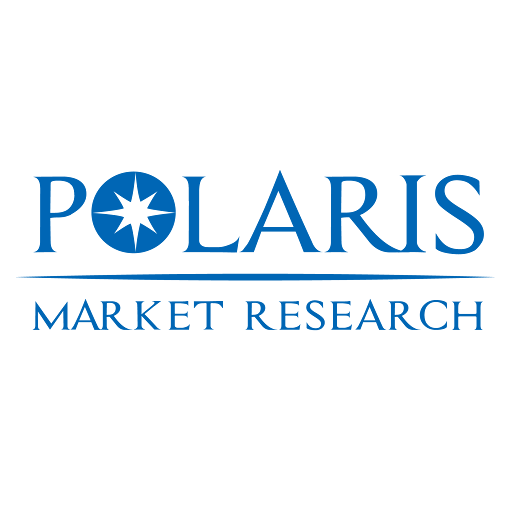Europe Gout Therapeutics Market Segmentation by Drug Class, Route of Administration, and Distribution Channel

The Europe gout therapeutics market, valued at USD 688.26 million in 2024, is projected to grow at a compound annual growth rate (CAGR) of 6.8% from 2025 to 2034, driven by rising prevalence of hyperuricemia, increasing metabolic syndrome rates, and growing recognition of gout as a chronic, progressive disease rather than an episodic condition. Gout—a form of inflammatory arthritis caused by the deposition of monosodium urate crystals in joints—now affects over 5 million adults across Europe, with incidence rates rising due to aging populations, obesity, and comorbidities such as hypertension and chronic kidney disease. This growth is shaped by comparative dynamics across North America, Europe, and Asia Pacific, where healthcare access, regulatory frameworks, and treatment paradigms influence market development. Europe’s gout therapeutics market operates under a distinct model characterized by centralized healthcare systems, cost-containment pressures, and stringent health technology assessments (HTAs) that govern drug reimbursement. Countries such as Germany, the UK, France, and Sweden enforce rigorous evaluations through bodies like the National Institute for Health and Care Excellence (NICE), the Institut für Qualität und Wirtschaftlichkeit im Gesundheitswesen (IQWiG), and Haute Autorité de Santé (HAS), which assess cost-effectiveness before approving high-priced therapies for public funding.
In contrast, North America, led by the United States, dominates the global gout therapeutics landscape with a more permissive reimbursement environment, widespread use of branded biologics, and a pharmacy benefit manager (PBM)-driven system that facilitates access to high-cost therapies. The U.S. market, valued at USD 1.40 billion in 2024, grows at a slightly higher CAGR of 6.9%, reflecting stronger commercial incentives for premium biologics such as pegloticase (Krystexxa). American College of Rheumatology (ACR) guidelines strongly advocate for urate-lowering therapy (ULT) in chronic gout, creating a structural tailwind for long-term treatment adoption. However, fragmented care delivery and high out-of-pocket costs in some insurance plans limit treatment continuity. Cross-border supply chains for active pharmaceutical ingredients (APIs) and finished dosage forms are well-established within North America, though U.S.-China trade tensions have prompted some manufacturers to diversify API sourcing to the EU and India.
Read More @ https://www.polarismarketresearch.com/industry-analysis/europe-gout-therapeutics-market
Asia Pacific is the fastest-growing region, fueled by rising metabolic disease burden, expanding healthcare infrastructure, and government-led initiatives to improve rheumatology care in China, India, and Southeast Asia. China’s National Health Commission has prioritized chronic disease management, creating opportunities for international gout therapeutics in tier-1 and tier-2 hospitals. India’s growing middle class and increasing insurance penetration are enabling greater access to specialty care, though affordability remains a barrier for biologic therapies. Regional manufacturing trends show a growing preference for generic allopurinol and probenecid production, with domestic firms leveraging cost advantages to capture market share. Market penetration strategies by global players often involve partnerships with local pharmaceutical distributors, tele-rheumatology platforms, and patient education campaigns to build brand trust and ensure regulatory alignment.
Geopolitical and trade-specific factors, including Brexit and the EU’s In Vitro Diagnostic Regulation (IVDR), are influencing diagnostic integration and drug access. Additionally, concerns over biosimilar interchangeability, payer resistance to high-cost biologics, and environmental impact of pharmaceutical waste are prompting manufacturers to adopt real-world evidence (RWE) generation, outcomes-based contracting, and green manufacturing practices. As the global demand for effective, safe, and sustainable gout management intensifies, the ability to deliver compliant, clinically validated, and economically viable therapies across diverse healthcare systems will be a key determinant of competitive success.
Competitive Landscape:
- Horizon Therapeutics plc (a subsidiary of Amgen Inc.)
- Takeda Pharmaceutical Company Limited (European operations)
- Sanofi S.A.
- Novartis AG
- AstraZeneca plc
- Mallinckrodt Pharmaceuticals (European division)
- Cipla Limited (EU distribution partners)
- Dr. Reddy’s Laboratories Ltd. (European operations)
More Trending Latest Reports By Polaris Market Research:
Autonomous Delivery Robots Market
Thermochromic Materials Market
U.S. surgical dressings market
Mineral Wool Board Insulation Market
Revenue Cycle Management Market
- AI
- Vitamins
- Health
- Admin/office jobs
- News
- Art
- Causes
- Crafts
- Dance
- Drinks
- Film
- Fitness
- Food
- Jogos
- Gardening
- Health
- Início
- Literature
- Music
- Networking
- Outro
- Party
- Religion
- Shopping
- Sports
- Theater
- Wellness


